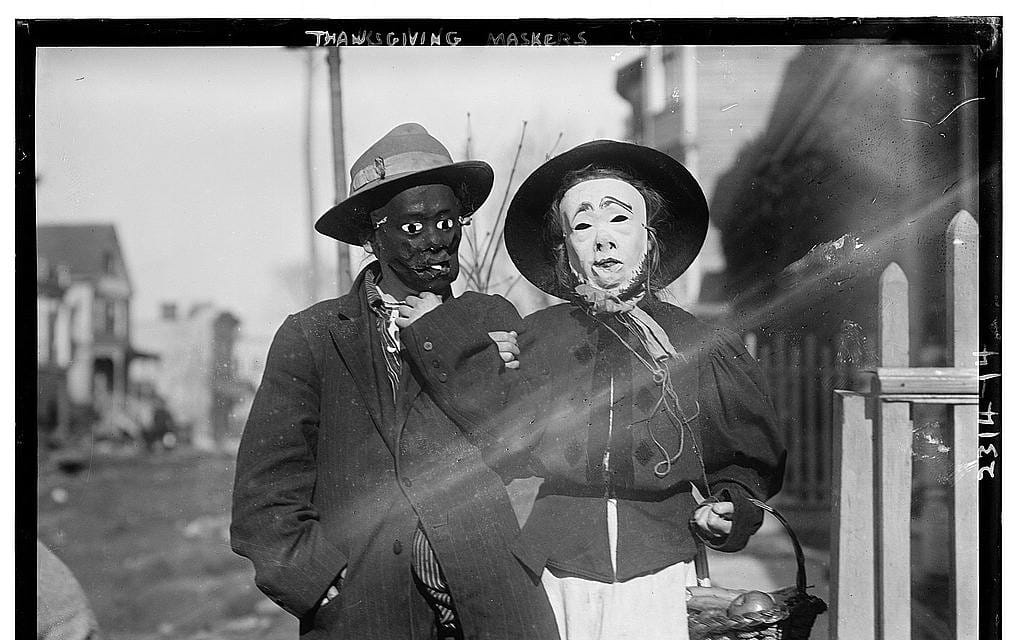Fall is a cozy time of leaves turning hues of red and gold, sweaters being hauled out of storage, and pumpkin spice smell permeating every imaginable product. But beneath the warm scent of cinnamon, cloves, and nutmeg lies the stench of decay, eerie mist, and the glow from jagged jack-o-lantern grins. Halloween is coming, and that means spooky decorations; ghosts, spiderwebs, skeletons, everything in hues of orange, black, green, and purple.
It also means buying candy (and re-buying after everyone in the house eats it) and the best part – deciding on a costume. Costumes come in just about any form, whatever fits your style; pop culture, monsters, animals, or ridiculous inflatables. But in the early years of the holiday, costumes were composed from things found around the house by people whose ambition often exceeded their artistry. This led to some truly unintentionally terrifying Halloween costumes.
Costuming Origins: The Celtic Samhain festival

Historians trace Halloween back about 2,000 years to Celtic pagans celebrating Samhain. This celebration marked the end of the harvest, the new year, and start of shorter days and longer periods of darkness. But even more mysteriously, on Samhain, the barrier between the realm of the living and the world of the dead thinned. Gods crossed over from the other realm. The gods appeared to humans, walked among them, even, causing mayhem.
These gods were the essence of nature, ancient gods dedicated to the elements and all natural forces. They could grant good fortune and prosperity to their worshipers or could use their powers to cause destruction and devastation. Naturally, the Celts preferred to make the gods happy in the hopes for a good crop or plenty of food over the winter. To appease these easily offended gods, Celts offered food and treats to the visiting gods.

